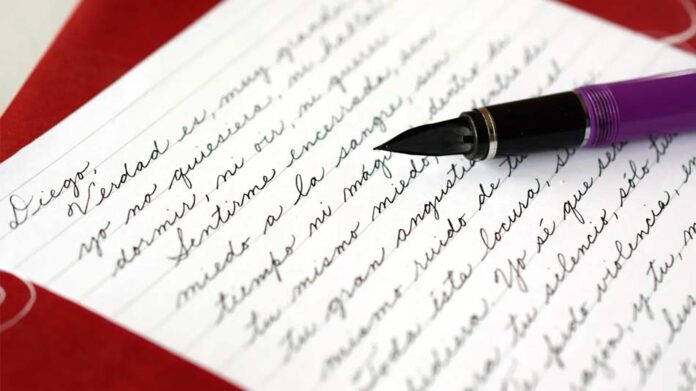Table of Contents
Beautiful handwriting is an art that anyone can master with dedication and practice. In a digital age dominated by keyboards and touchscreens, the elegance of a well-crafted script stands out as a timeless and valuable skill. Whether you aspire to write elegant letters, improve your note-taking, or simply find joy in the act of putting pen to paper, the journey to enhancing your handwriting can be deeply rewarding. In this article, we will present the tools, techniques, and exercises that will help you discover the beauty of handwritten communication and elevate your penmanship to new heights.
Preparing the Tools: Quality Pens Matter
The foundation of beautiful handwriting lies in the tools you use. Quality ballpoint pens can make a significant difference in your writing experience. They offer several advantages that contribute to the art of beautiful writing.
High-quality pens ensure that ink flows smoothly and consistently. This reduces the chances of ink skipping or smudging, resulting in clearer and more legible writing. With such pens, like ballpoint pens for example, you can also control line thickness and letter forms more precisely, allowing you to produce aesthetically pleasing and uniform letters.
Ergonomics also plays an important role in the design of high-quality pens. Many of these pens feature comfortable grips and balanced weight, making long writing sessions more manageable. They require less pressure to create clean lines, which, in turn, reduces stress on your hand and makes writing easier.
Practicing the Fundamentals
To enhance your handwriting, it is crucial to pay attention to the fundamentals, starting with your posture, hand position, and letter formation.
Proper posture can significantly impact your handwriting. Ensure your chair is adjusted to the right height so that your knees form a 90-degree angle and your feet are flat on the floor. This not only encourages proper posture but also keeps you comfortable during extended writing sessions. Your writing area or desk should be positioned to allow your arms to rest comfortably while you write. Also, use a flat and stable writing surface to prevent any stuttering that might affect your writing.
The proper hand position for handwriting involves holding the pen between your thumb, index, and middle fingers in what’s commonly known as the “tripod grip.” This grip allows for precise control of the pen. It’s crucial to avoid using a tight “death grip” on the pen, as it can tire your hands and limit your range of motion. A relaxed yet firm grip is more effective. Additionally, holding the pen at a small angle, usually around 45 degrees to the writing surface, enables better ink flow and control.
Letter formation is another key aspect. Use an imaginary horizontal baseline to align your letters, ensuring consistent letter spacing and height. The height of lowercase letters within the baseline is referred to as the “X-height,” and maintaining letters within this height ensures consistency. Pay attention to ascenders (parts of letters that extend above the X-height) and descenders (parts that extend below). Properly sized ascenders and descenders enhance readability. Consistency in spacing between words and letters is also important, as it prevents overcrowding or wide gaps, thus improving legibility.
Exercises to Enhance Handwriting
Practicing specific exercises can significantly improve your handwriting.
- Circles and loops are excellent warm-up exercises that enhance hand control. Using your pen, draw circles and loops of various sizes on a sheet of paper. The key is to maintain uniform shapes and sizes, starting with smaller loops and gradually increasing their size.
- Curved and straight lines should also be practiced. Draw lines in different directions, at various angles and lengths. Experiment with both simple and intricate curves to test your hand’s dexterity.
- Letter repetition is a great exercise. Choose a single letter, a word, or a short sentence and write it repeatedly in both uppercase and lowercase. Focus on the spacing, shape, and size of each letter.
A guide to improving your handwriting
Beautiful handwriting is an art that anyone can master with dedication and practice. Start by selecting quality pens to enhance your writing experience. Pay attention to the fundamentals, including posture, hand position, and letter formation, to achieve consistency and legibility in your writing. Engage in exercises that improve hand control and dexterity. With time and effort, you will unlock the art of beautiful handwriting and add a personal touch to your written communication.
Choose a trustworthy and comfortable ZEBRA pen, and let the practice begin!















